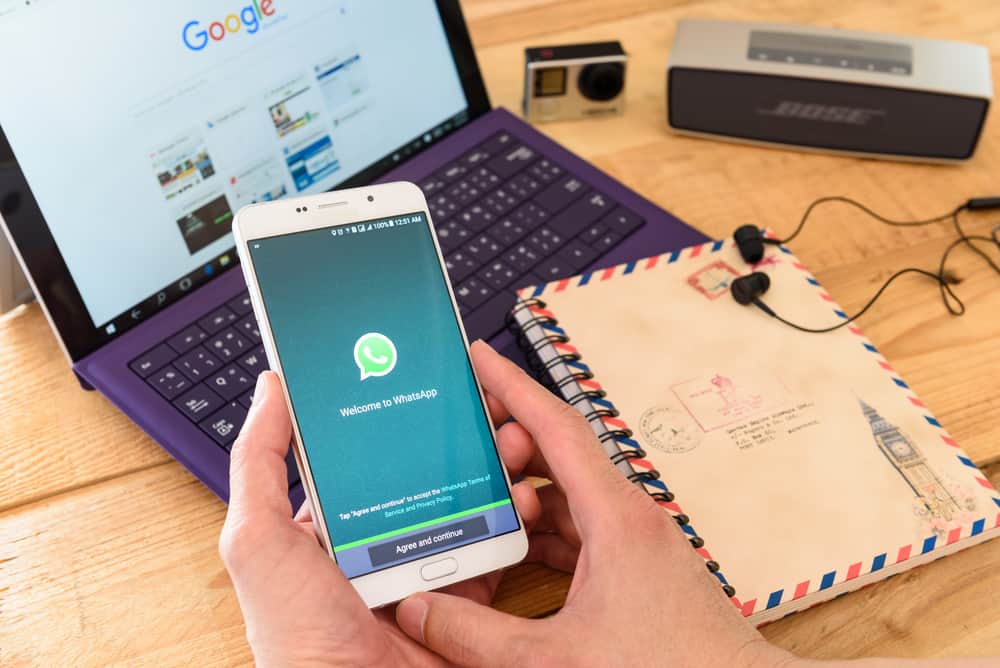
Discord supports using various bots that assist with different tasks to enhance your experience. You can invite many bots to your Discord server depending on what you wish to achieve.
Besides, when you wish to achieve more functionality, you can create your Discord bot, host it online, and make it publicly available to others. So, how do you host a Python Discord bot?
When you code your Python Discord bot, you need an online hosting platform where you will deploy your bot to make it accessible. You can host it on platforms like Heroku, but most come with a paid subscription. Once you have the code, upload it to GitHub and link your repositories with the hosting platform. Once you do so, your bot will be accessible, and you can use it for the functionalities the bot was coded to offer.
This post will teach you everything about hosting a bot. We will see how to create a Discord bot, starting with getting its token and what it takes to host it to keep it online and accessible to others.
How Can You Create a Discord Bot?
Different platforms are helpful when you want to create your Python Discord bot. You must have some coding skills to write code to achieve the functionalities you want your Discord bot to offer.
Before you create the Discord bot, you must ensure you have a Discord server and create an application from your Discord account.
When coding, you will need the application’s token to link it with your Discord bot. There are three main phases to follow when creating your Discord bot.
Step #1: Create a Discord Application
When you have a Discord account, you can create an application and grab its token. You will use this token with your bot, which must be kept secure. Otherwise, your bot can be hijacked by anyone who accesses its token.
- Open the Developer Portal on your browser and log in with your Discord account.
- Click the “New Application” button at the top right corner.
- Add a name for your bot and click the “Create” button.
- Click the “Bot“ tab and then the “Add Bot“ button. If the confirmation window opens, click “Yes, do it!“
- Keep the default options, click the “Copy” button under “Token” to get the bot’s taken, and paste it somewhere.
You will need the token when coding the bot.
Step #2: Create a Server and Invite the Bot
- Open your Discord account and click the plus icon on the left.
- Click the “Create My Own” and select the audience for your server.
- Add server details such as name and picture, and click the “Create“ button.
- Navigate to the Developer Portal dashboard and open the “OAuth2” tab.
- Click “URL Generator,” and under “Scopes,” select “bot.”
- Add bot permissions and click the “Copy” button next to “Generated URL.”
- Open a new tab on your browser, paste the URL, and press Enter.
- Select the server you created and click the “Authorize“ button.
- Complete the captcha if needed.
Step #3: Code the Bot
In this phase, you must code the Python Discord bot to meet your needs. You can code the bot using different platforms, such as Replit.
You can use any platform of choice, provided you code the bot using Python and link it to the token you copied earlier. Once your bot is created, the final step is to host it, and we will discuss that in the next section.
How To Host a Python Discord Bot
When you code your Discord bot, everything is tested locally, and the changes you make when using your coding platform will only work on your local machine. The drawback is that the bot goes offline when you turn off your computer or close the tab.
To avoid this, you need to host the bot. Most hosting platforms require a subscription plan to host your bot. You can host it on a platform like Heroku. You must first push all the project files to your GitHub repository and generate the required files. Moreover, you must have a Heroku account where you will push the bot’s files.
Once you deploy the bot to Heroku, it can be accessed online, and any changes you make must be pushed to your GitHub repository and Heroku app.
Conclusion
To host your Python bot, you need an online hosting platform, such as Heroku, that can host your application. Once you get the hosting platform, upload your Python bot’s files to your GitHub repository and link it with the hosting platform.











